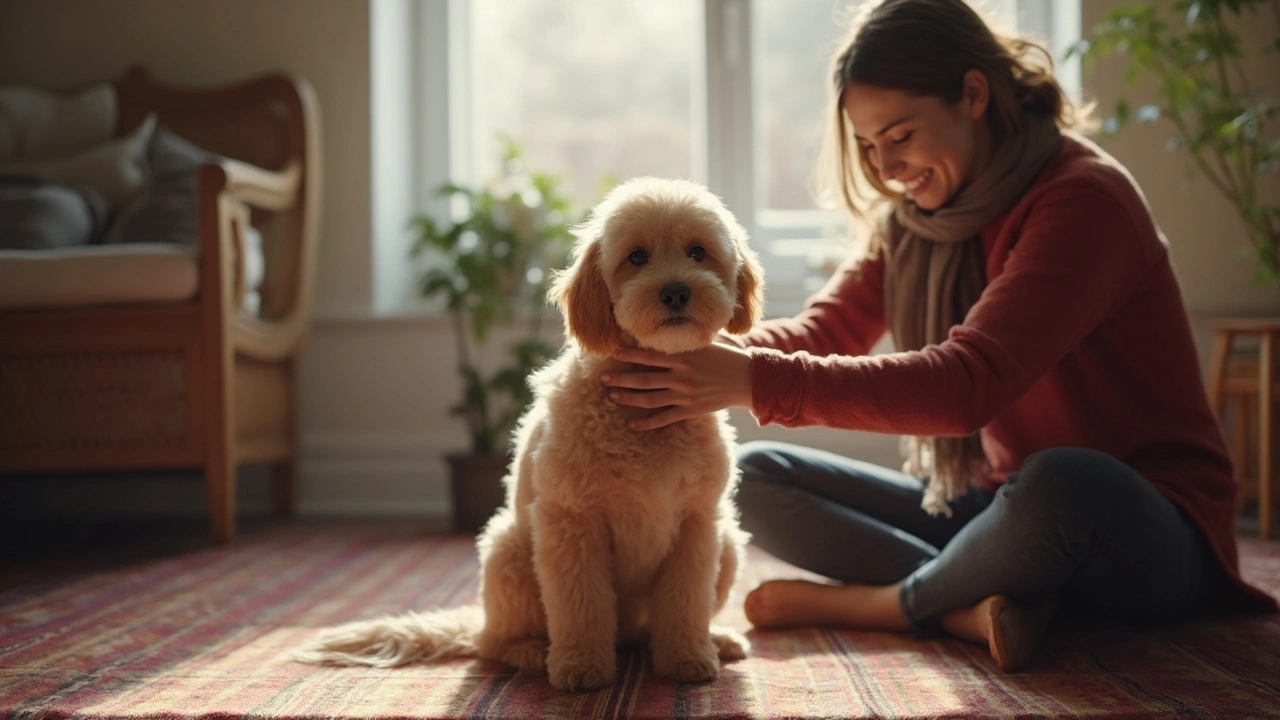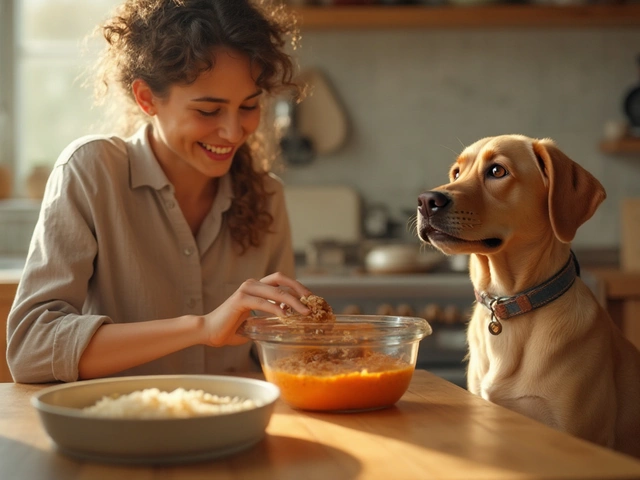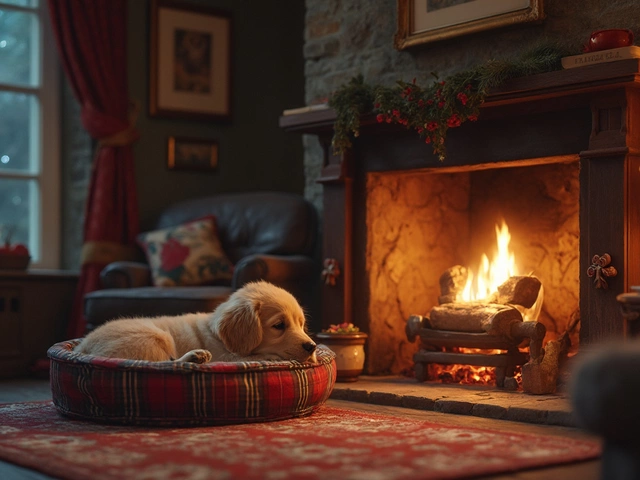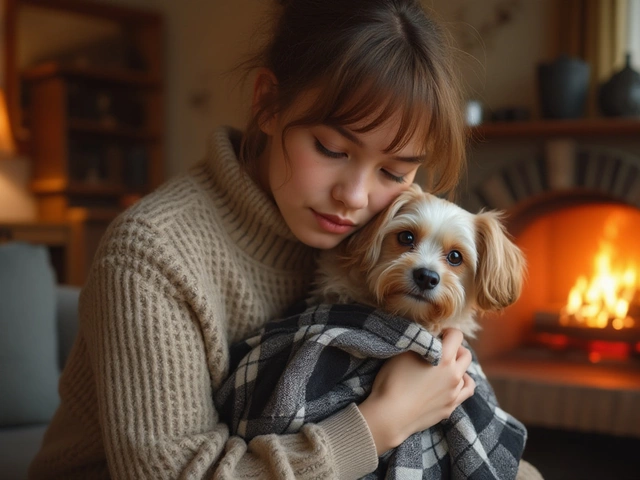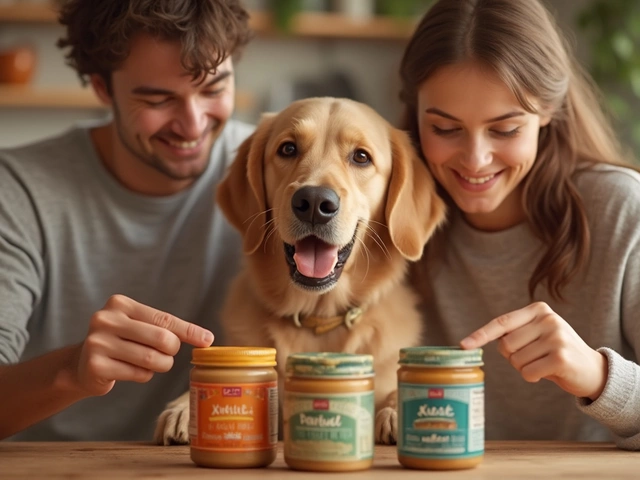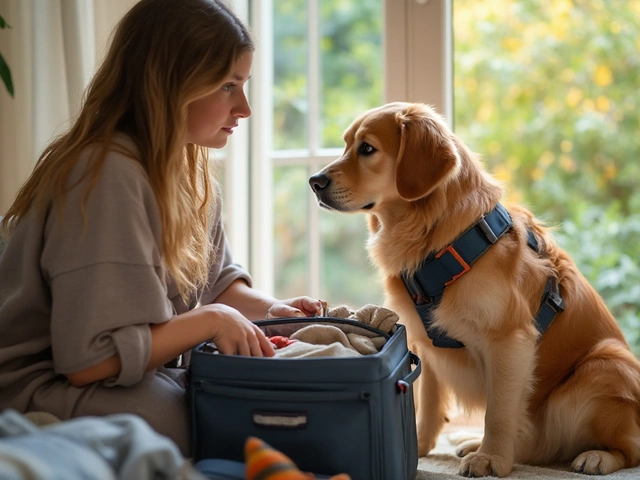Your dog’s just had a trim and suddenly, they’re jumpy, scratching, or hiding under the couch. Sound familiar? This is something a lot of dog owners run into—my own mutt, Gideon, once pouted for hours after a new “do”! The good news? There are simple fixes to help your furry buddy settle down and enjoy their fresh look.
Most dogs feel weird after a haircut. The clippers can tickle or even irritate their skin. Plus, that new short coat feels totally different to them—it’s like swapping out a cozy sweater for a thin t-shirt.
Start by checking your dog over for any tiny nicks, rashy spots, or red skin. If you spot anything, try a gentle pat-down with a cool, damp cloth. Baby wipes (unscented!) work in a pinch. Skip anything strong-smelling or full of chemicals. If they seem extra fidgety but you don’t see marks, it’s probably just the weirdness of a new coat getting to them.
A lot of dogs love a gentle brushing right after grooming—it smooths down their fur and massages the skin. It reminds them that you’re their safe place. This isn’t rocket science, but it works: Sit with them, keep things calm, and use a soft brush. Short, chill sessions are best. Give this a try before you call the vet or panic: sometimes, your dog just needs a bit of old-fashioned comfort—and a couple of extra treats never hurt.
- Why Dogs Get Stressed After a Haircut
- Quick Ways to Calm Your Dog Immediately
- Long-Term Comfort Tips Post-Haircut
- When to Worry and Call the Vet
Why Dogs Get Stressed After a Haircut
If your pup’s acting funny after a trip to the groomer, there’s some real science behind it. Even though we think of a dog grooming session as a spa day, for your dog it can be overwhelming or even upsetting.
- Sensory overload: Clippers are noisy, and the whole place smells different. Dogs pick up on those weird scents and loud sounds, which can totally throw them off.
- Loss of familiar scent: All that washing and trimming? It wipes away their usual smell. They suddenly feel less like themselves—which can make some dogs nervous or insecure, especially in their own home after grooming.
- Skin feels exposed: After a haircut, dogs often feel chilly or tingly. Their skin isn’t used to being uncovered, especially for breeds with thick or double coats. This can make them scratch, shiver, or even pout for hours.
- Physical discomfort: If the groomer trimmed too close, your dog’s skin might be red or itchy. Shaving too short can cause razor burn or minor scratches, even in professional hands.
- Stranger anxiety: Not every pup trusts new people with sharp objects around their face and paws. Getting handled by someone unfamiliar adds a layer of stress, especially for dogs already wary of strangers.
At least 20% of dogs show nervous behaviors after dog grooming, according to a recent pet care survey. You might spot whining, pacing, hiding, or licking at their skin. Some breeds are more sensitive—think poodles or schnauzers—while others barely notice.
Bottom line: If your dog’s stressed after a haircut, it’s not weird. Their instincts are just kicking in, telling them something changed. And understanding that is step one to making life easier—for both of you.
Quick Ways to Calm Your Dog Immediately
Your pup’s just come home from the groomer, looking fresh but acting freaked out. No need to panic. There are quick fixes you can roll out right away to bring their stress down a notch. The trick is to keep things simple and focus on comfort.
The first thing you want to do is offer a familiar safe spot—maybe their favorite dog bed, a blanket that smells like you, or just the corner of your couch. Dogs relax faster when they’re in a spot they trust. Next, resist the urge to smother them with attention; instead, sit quietly by them and let them come to you. A lot of pups need just a few minutes to reset after a new experience.
Gentle touch works wonders here. Use slow, soft pets—they beat out rough handling or belly rub ambushes by a mile. While doing this, keep your voice steady and low. A high-pitched “Are you okay?!” can actually raise their anxiety. Remember, your own mood rubs off on your dog.
If your dog is pacing, panting, or keeps shaking, try playing calm music—Spotify even has Dog playlists designed just for this! Calming music has been shown to lower a dog’s heart rate after stressful events like dog grooming. Some owners even swear by cozy dog t-shirts or wraps, which can give a gentle hug feeling. Swaddling isn’t just for babies!
Also, don’t forget about treats. Distracting your dog with a favorite snack or a long-lasting chew toy isn’t bribery—it’s solid psychology. Your dog will start associating haircut aftercare with positive things. According to a 2023 survey by the American Kennel Club, 67% of dog owners said treats made their dogs calm down “a lot faster” after coming home from a stressful event.
| Quick Soothe Tricks | Best For |
|---|---|
| Familiar bed/blanket | Nervous dogs |
| Gentle brushing | Itchy or sensitive skin |
| Calm music | Dogs with noise sensitivity |
| Chew treats | Food-motivated dogs |
Here’s a simple routine you can follow right after grooming:
- Guide your dog to their favorite spot at home.
- Keep things low-key; stay calm and let them make the first move.
- Give them a soft brush-down if they like that feeling.
- Offer a high-value treat or a safe chew toy.
- Play chill music if they seem jumpy or unsettled.
As Dr. Lisa Lippman, DVM, puts it:
“Comfort, patience, and a quiet environment can help your dog recover from the stress of grooming faster than any fancy gadget or supplement.”You don’t need anything special—just you, a safe space, and a bit of patience.
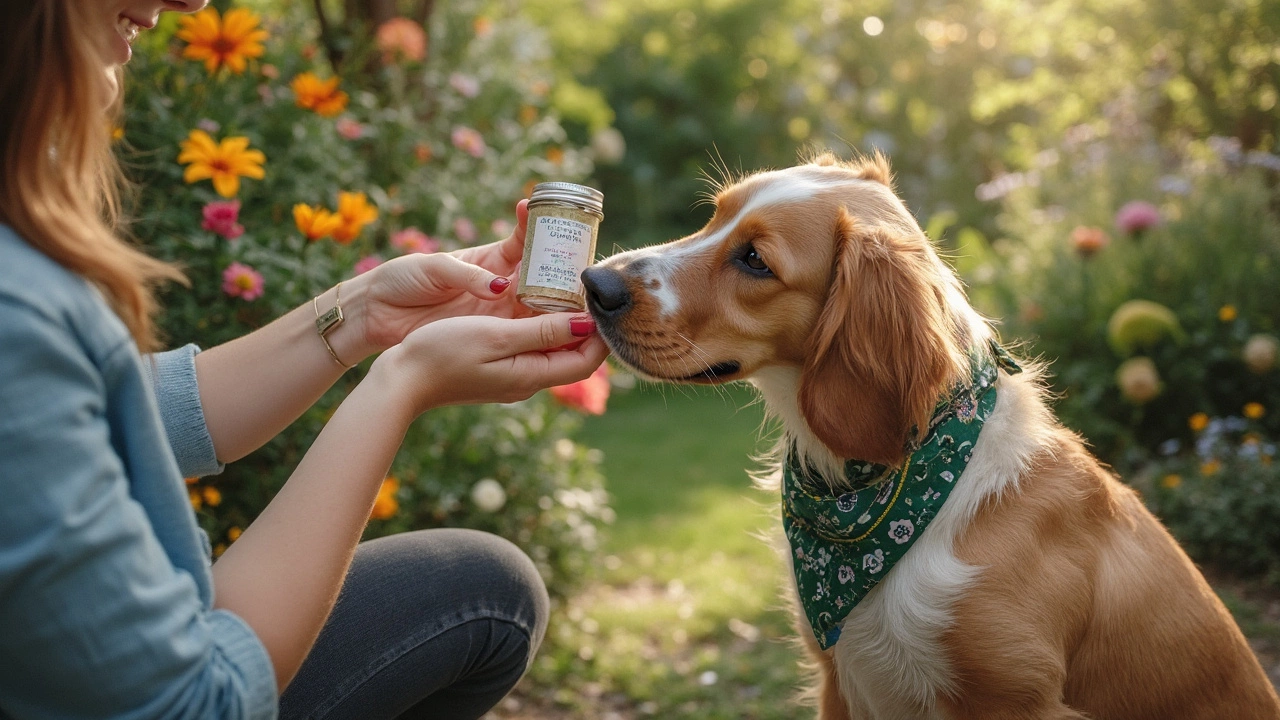
Long-Term Comfort Tips Post-Haircut
Settling your dog after a haircut isn’t just about what you do in the first hour. Making your pup comfy after grooming is all about basic routines, paying attention, and using stuff you probably already have. Here’s how to help your dog get back to their old self every time they see those clippers.
- Stick to a routine: Dogs feel better when things are predictable. After a grooming session, keep walks and feeding times consistent. This helps your dog know that nothing else has changed except their look.
- Keep the coat healthy: A new cut sometimes exposes your dog’s skin, making it dry or itchy. Use a moisturizing dog spray (the unscented kind) or ask your groomer about dog-safe coconut oil. Check labels for anything weird—fragrances and parabens can irritate sensitive skin.
- Keep them warm and comfy: Dogs with a shorter coat can actually get chilly in the evenings, even indoors. Toss an extra blanket on their bed for a few days after grooming. My dog Gideon turns into a heat-seeker right after a trim, burrowing under everything.
- Brush regularly: Don’t just wait until the next grooming appointment. Light brushing every couple of days goes a long way for skin comfort and keeps fur soft. It’s a sneaky way to bond and spot any skin issues early.
Here’s a quick look at how coat length can affect your dog's comfort after grooming:
| Coat Type | Comfort Tips |
|---|---|
| Short Hair | Add extra bedding and use moisturizer for exposed skin. |
| Curly/Wiry | Extra brushing to keep new growth from tangling. |
| Double-Coated | Never shave down to the skin; keep up with de-shedding tools. |
Don’t forget—if your dog is licking or scratching a ton for days after their grooming session, it’s time to call the vet. But for most pups, these easy routines stop stress in its tracks and help them feel safe in their fresh fur.
When to Worry and Call the Vet
Most dogs bounce back pretty fast after a dog grooming session. But sometimes, things aren’t just about nerves or weird new fur. If you spot any serious symptoms, it’s time to stop guessing and call your vet.
- Bleeding or Open Cuts: Tiny nicks can happen with clippers, but anything bleeding, deep, or gaping needs real medical care.
- Red, Swollen, or Oozing Skin: Mild redness is common, but if you see pus, swelling, or hot spots that stick around for a day or two, don’t wait it out.
- Relentless Scratching or Licking: Dogs will sometimes scratch a bit, but nonstop biting or chewing can cause infections.
- Limping or Trouble Walking: If they suddenly refuse to walk, jump, or even stand up, this is outside "haircut drama" and means something is up.
- Allergic Reactions: Watch for swelling around the face, hives, severe itching, or trouble breathing. Get help right away if you see these.
If you aren’t sure, snap a picture or make a quick video on your phone—showing your vet helps them figure stuff out faster. Most minor stuff goes away in a day. Anything that gets worse or lasts longer than 48 hours after a haircut—better get it checked.
Not convinced your case is urgent? Here’s a quick cheat sheet on post-dog grooming issues and what most vets see:
| Symptom | Okay to Watch | Call Vet |
|---|---|---|
| Slight itching | ✔️ | |
| Pus, severe redness, or swelling | ✔️ | |
| Minor cut, no blood | ✔️ | |
| Bleeding wound | ✔️ | |
| Limping or pain | ✔️ | |
| Face swelling, breathing problems | ✔️ EMERGENCY |
If something feels off, trust your gut. You know your pup best. Better safe than sorry when it comes to your dog’s health after a dog grooming visit.

